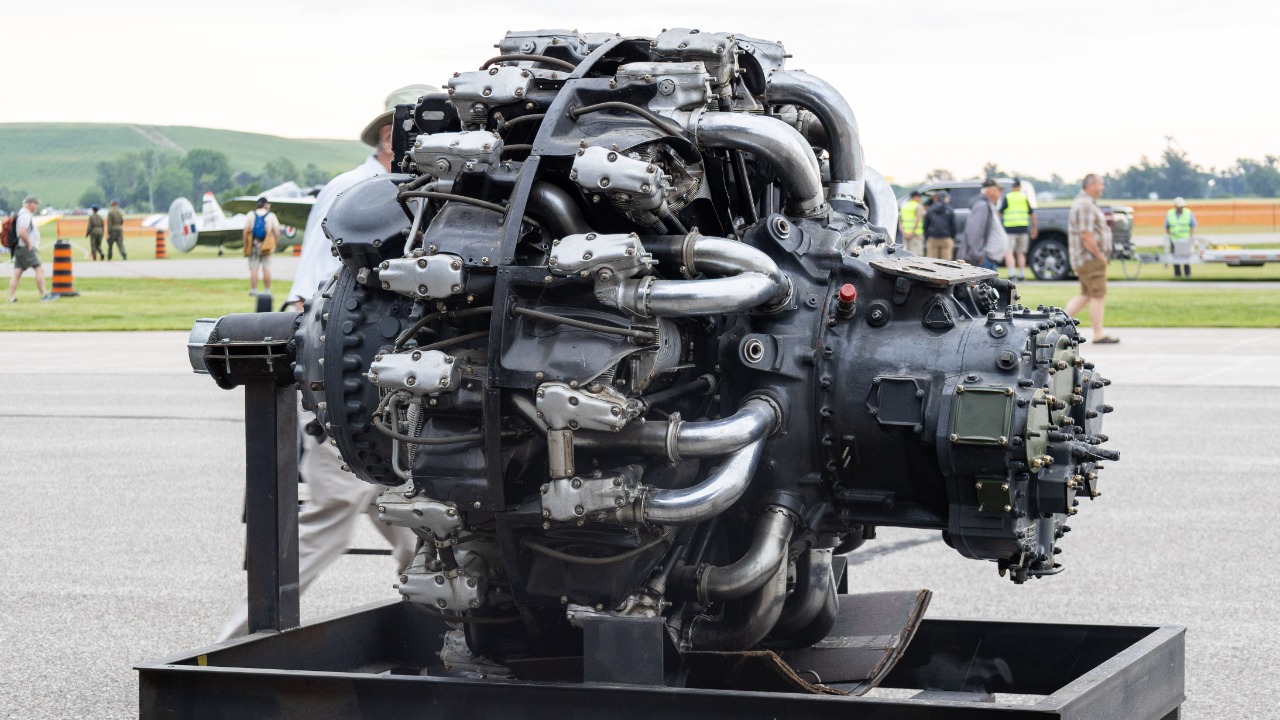
The power and reliability of airplane engines have significantly evolved over the decades, yet some engines prove timeless. One such powerhouse, which has been around for over 70 years, continues to play a pivotal role in aviation today. This remarkable engine’s history, features, and enduring legacy highlight its importance and staying power in the ever-changing landscape of aviation.
The History and Development of the Engine
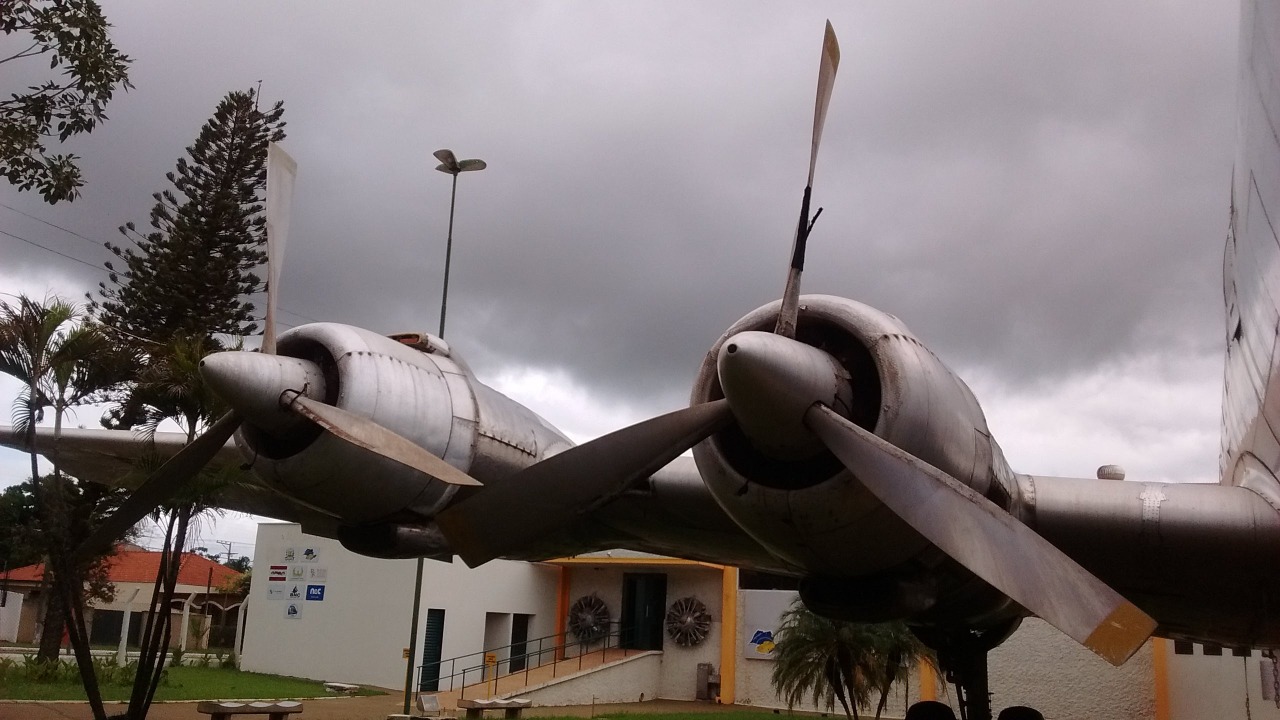
The Pratt & Whitney R-2800 Double Wasp, a marvel of engineering, first took to the skies in 1939. Initially designed to power military aircraft during World War II, its robust construction and impressive performance quickly made it an indispensable asset. Figures like Frederick Rentschler, who founded Pratt & Whitney, and a team of dedicated engineers were instrumental in bringing this engine to life. Their vision and innovation ensured that the R-2800 not only met the demands of wartime aviation but also set new benchmarks in engine design.
Over the decades, the R-2800 underwent numerous technological advancements. These upgrades included improvements in materials used for construction, which enhanced its durability and efficiency. The engine’s adaptability and capacity for innovation kept it relevant in an era of rapidly advancing technology. As aviation standards evolved, the R-2800 continued to meet and exceed expectations, proving its worth time and again. Its continued competitiveness in the market is a testament to its timeless design and the foresight of its creators.
Technical Features and Specifications
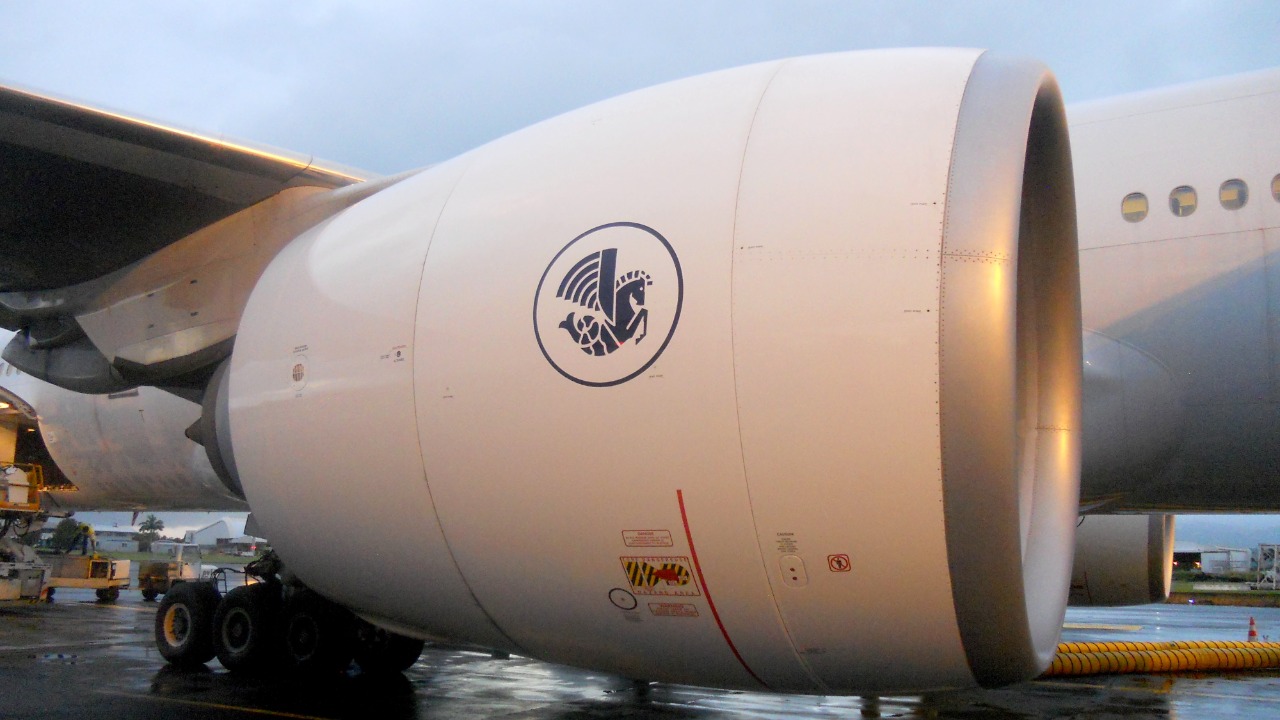
Renowned for its power and performance, the R-2800 Double Wasp boasts a horsepower that remains impressive even by today’s standards. With a displacement of 46 liters and a horsepower rating of up to 2,400, it stands out as a formidable engine. Its efficiency and ability to maintain high performance over long periods set it apart from many contemporary engines. In comparison to modern engines like the General Electric GE90, the R-2800 offers a unique blend of robust performance and historical significance.
The R-2800’s reliability and durability are legendary. Its engineering excellence is evident in its long-lasting performance across various applications. This engine has powered numerous aircraft types, proving its versatility and dependability. Case studies of aircraft such as the Douglas DC-6 and the Curtiss C-46 Commando highlight the engine’s ability to withstand rigorous conditions over extended periods. The R-2800’s longevity in service is a testament to its enduring design and the meticulous attention to detail in its engineering.
Applications in Modern Aviation
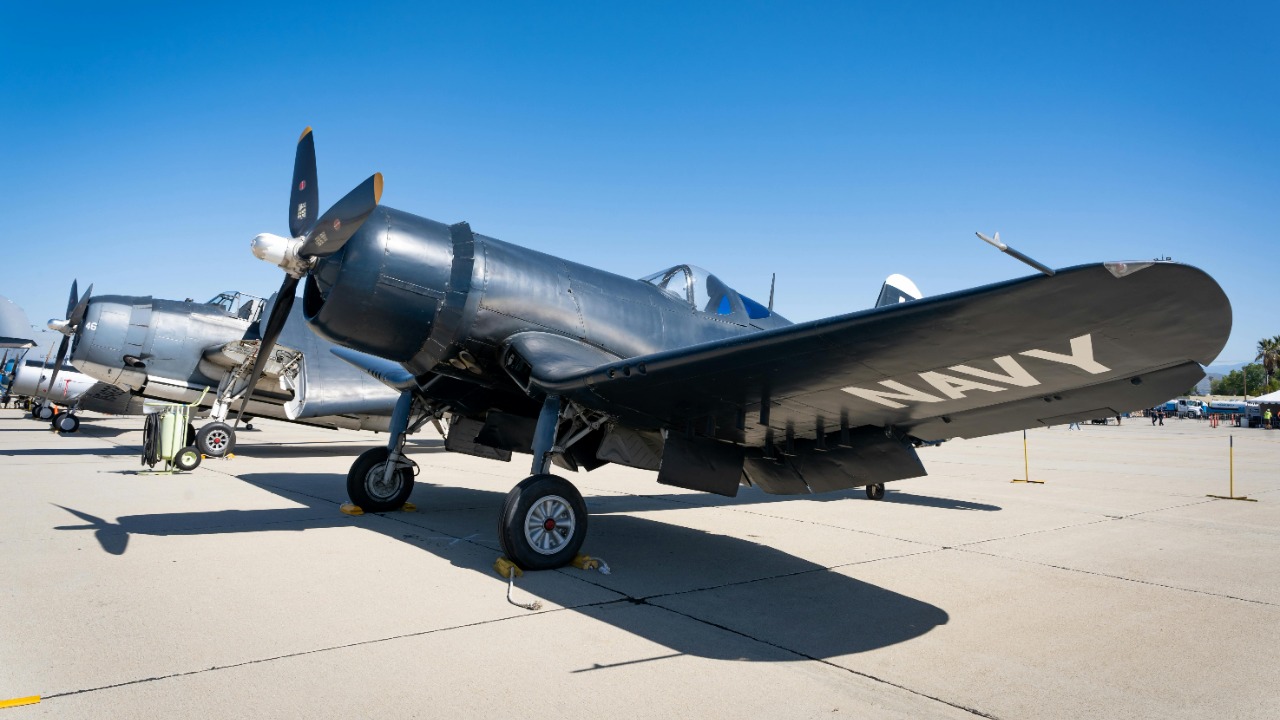
In commercial and civil aviation, the R-2800 continues to play a vital role. Though newer engines have entered the market, this powerhouse remains a favorite in certain sectors. It is particularly valued in the used six-seater aircraft market, where its reliability and performance are unmatched. Pilots and industry experts often praise the R-2800 for its consistent delivery of power and its ability to adapt to varied flying conditions. Its continued presence in modern aviation underscores its relevance and the trust that aviators place in its capabilities.
In military and defense applications, the R-2800 has also left an indelible mark. This engine has been integrated into various fighter jets and military aircraft, showcasing its adaptability and strength. Its use in aircraft like the F4U Corsair and the Republic P-47 Thunderbolt highlights its crucial role in military history. The R-2800’s ability to meet the demands of modern warfare is a testament to its robust design and engineering excellence. Even today, it remains a trusted component in some military applications, reflecting its continued evolution and significance.
The Engine’s Legacy and Future Prospects

The impact of the R-2800 on the aviation industry cannot be overstated. Its design and performance have influenced generations of engine development, setting new standards for efficiency and reliability. The engine’s contributions to aircraft models and new technologies are evident in the ongoing advancements in aviation. As the industry continues to evolve, the R-2800 remains a symbol of innovation and excellence, inspiring future generations of engineers and designers.
Looking ahead, the R-2800 may continue to see upgrades and enhancements to maintain its relevance. Potential developments may focus on improving fuel efficiency and reducing emissions, aligning with current industry trends. As aviation technology advances, the R-2800’s adaptability and potential for innovation will likely keep it in the spotlight. Its legacy as a trailblazer in aviation history ensures that it will remain a significant part of the aviation landscape for years to come.
The Enthusiast and Collector Perspective
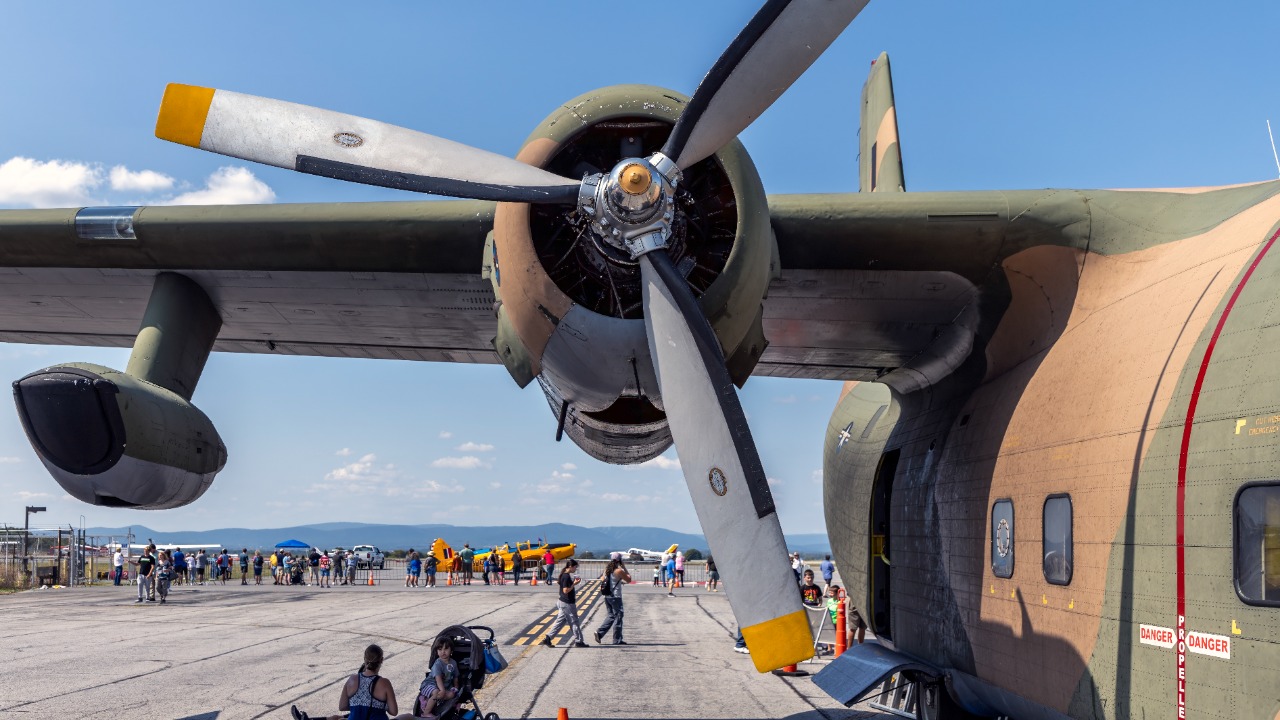
For vintage aircraft enthusiasts and collectors, the R-2800 Double Wasp is a prized possession. Its role in the restoration and operation of classic aircraft is unparalleled. Many collectors and enthusiasts dedicate their efforts to maintaining these engines, preserving a piece of aviation history. Stories abound of those who have undertaken ambitious restoration projects, breathing new life into aircraft powered by the R-2800. Their passion and dedication highlight the engine’s enduring appeal and historical significance.
The cultural and historical significance of the R-2800 is celebrated in museums and aviation exhibits worldwide. As a symbol of engineering excellence, it represents a pivotal era in aviation history. Exhibits featuring this engine allow visitors to appreciate its contributions to the aviation industry and its role in shaping modern flight. The R-2800’s presence in these settings underscores its lasting impact and the admiration it commands among aviation enthusiasts and the general public alike.